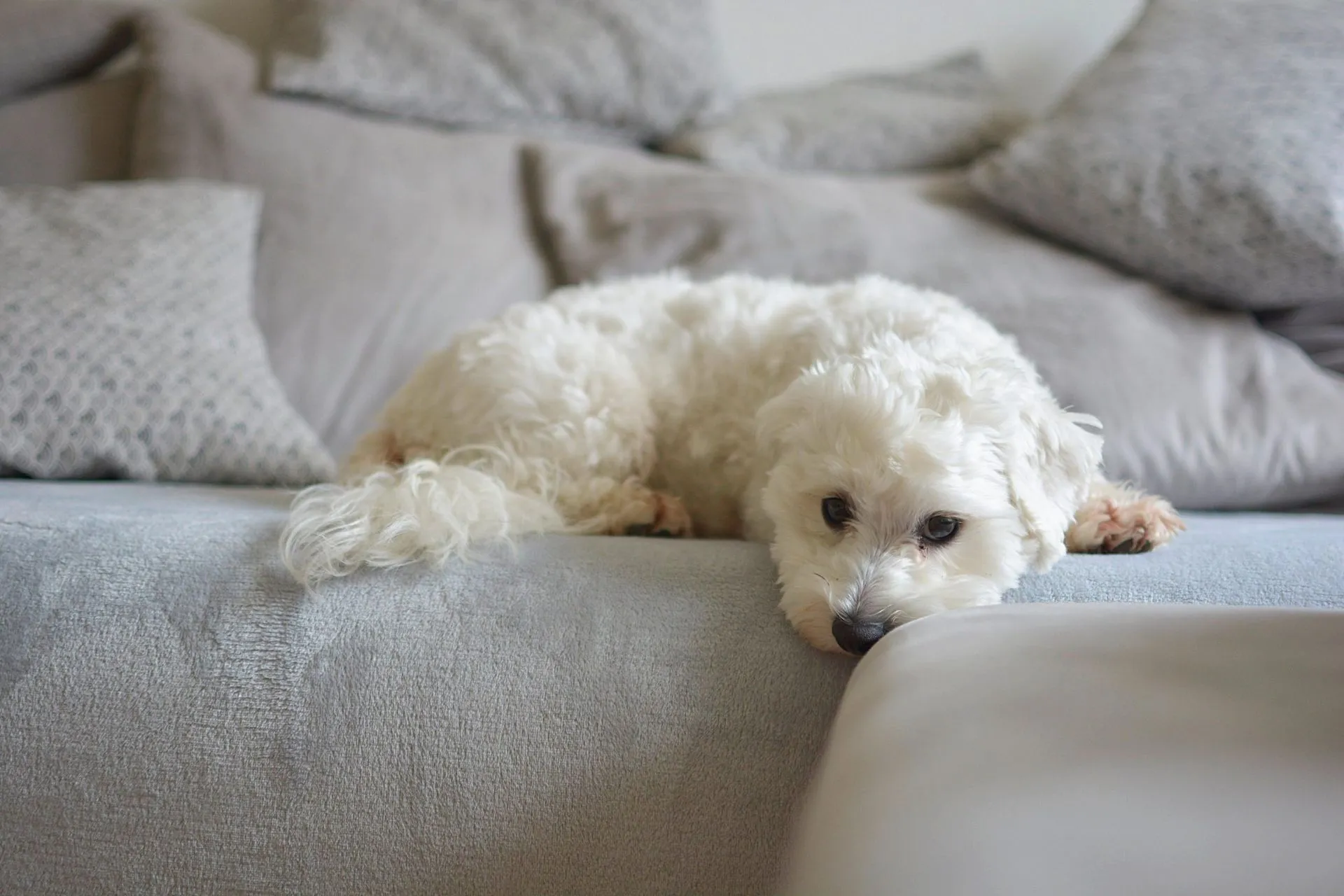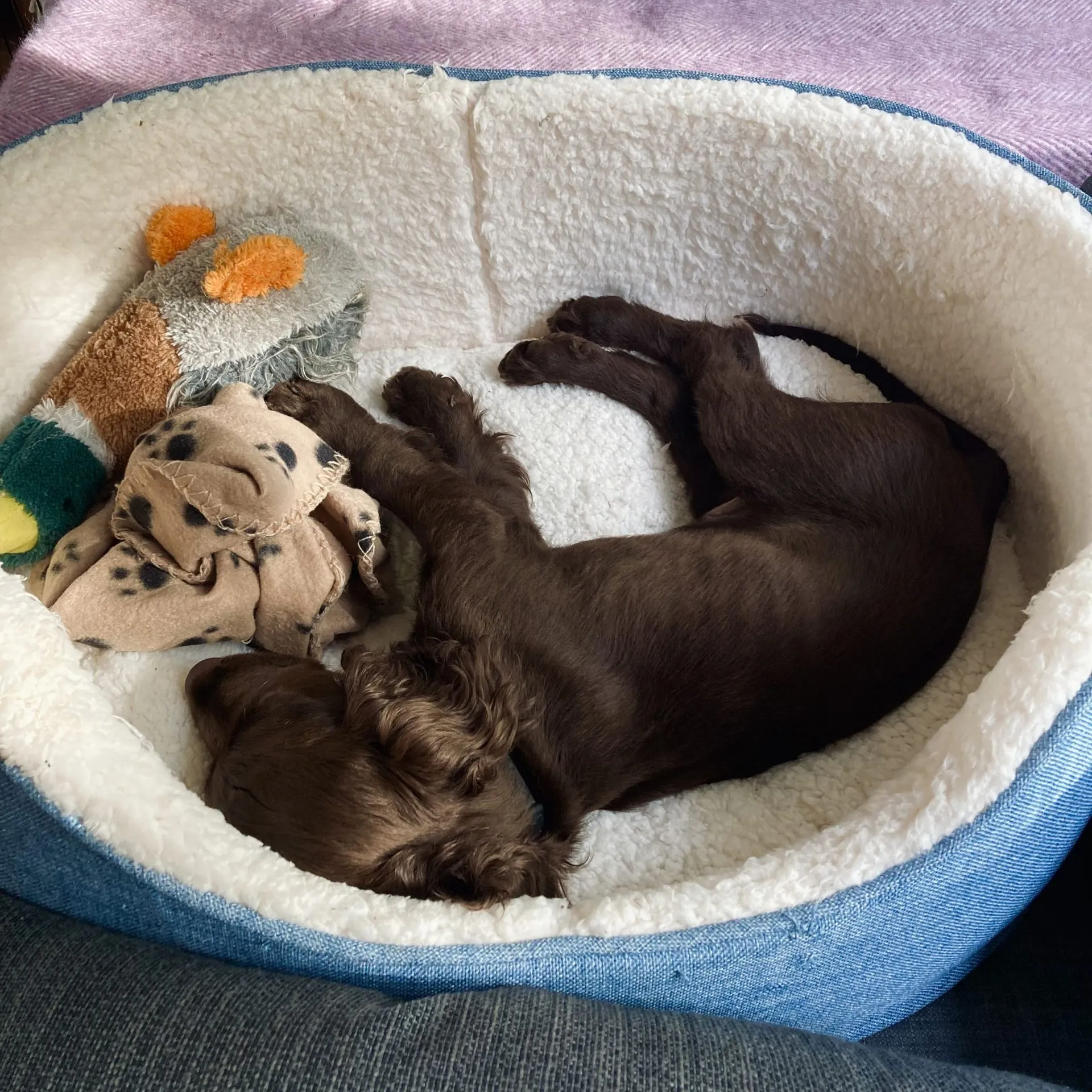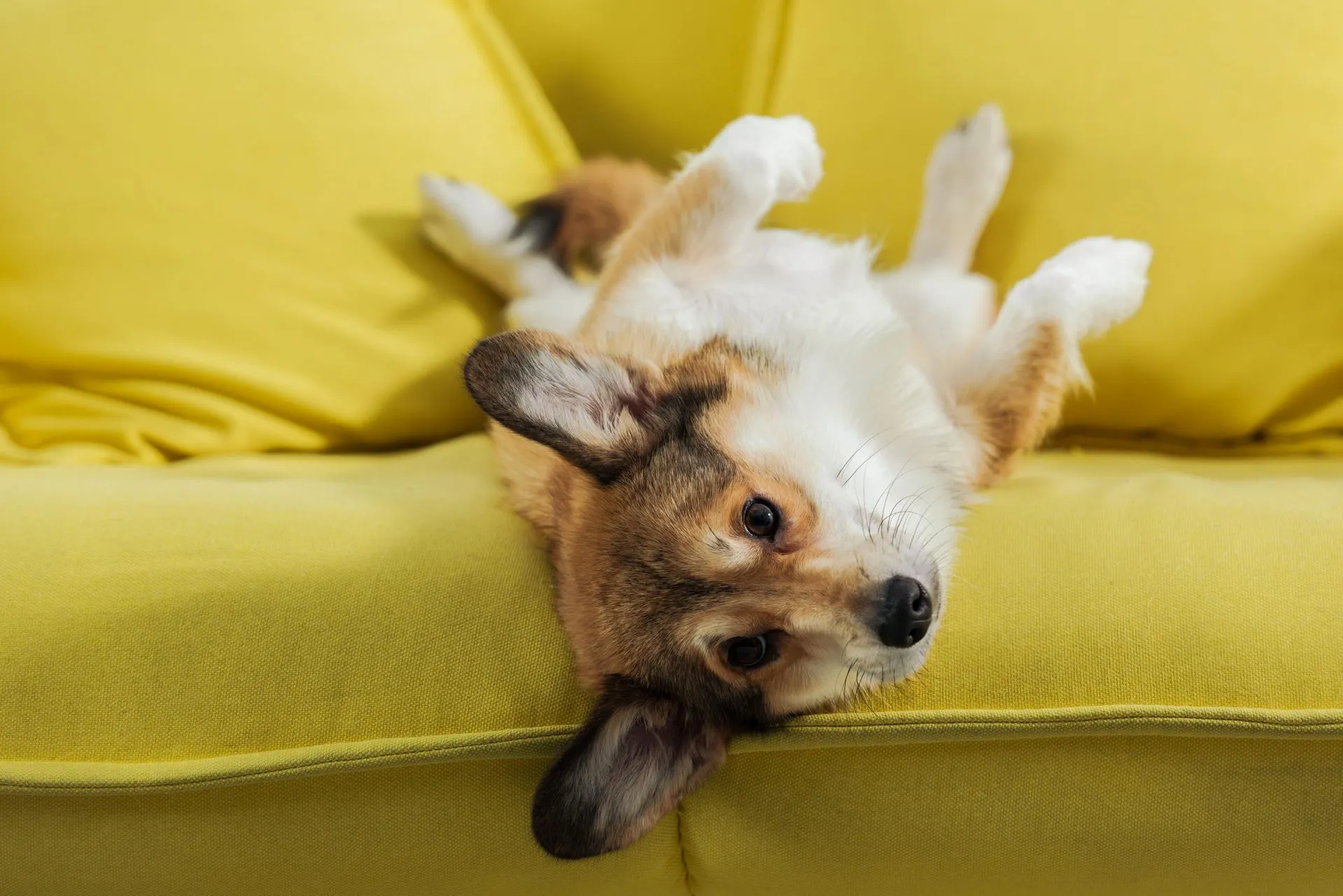While sharing your home with canine companions brings immense joy, establishing boundaries is crucial for a harmonious household. Many dog owners face the common challenge of their beloved pets treating the sofa as their personal bed, leading to muddy paw prints or discomfort for guests. This article delves into effective strategies and training methods to successfully teach your dog not to jump on furniture, ensuring they respect household rules while still feeling loved and integrated into the family. Whether you’re dealing with an energetic puppy or an adult dog accustomed to lounge privileges, these proven techniques will guide you toward a well-behaved furry friend.
Understanding Why Dogs Jump on Furniture
Dogs jump on furniture for various reasons, including seeking comfort, attention, a better vantage point, or simply out of habit. For some, it’s a way to feel closer to their human family members. The key to successful training lies in understanding these motivations and consistently redirecting the behavior. It’s not about punishing your dog, but rather about teaching them alternative, acceptable behaviors and making those alternatives more appealing. Consistency and positive reinforcement are paramount in this process. You can learn more about managing similar behaviors, such as how to prevent your puppy from leaping, by understanding how to stop a puppy jumping on furniture.
Five Steps to Keep Your Dog Off the Sofa
1. Provide an Appealing Alternative: Their Own Bed
The first and most critical step in teaching your dog not to jump on furniture is to offer them a comfortable and inviting alternative. Every dog should have their own designated resting place in each room they are allowed to enter. This could be a soft dog bed, a crate, or a mat. When you move to a different area of the house, take their bed with you and encourage them to settle there.
Use clear commands like “in” or “bed” and direct them to their spot. When they comply, reward them immediately with praise or a small treat. This creates a positive association with their bed, making it a desirable place to be. If your dog attempts to get on the sofa, gently redirect them to their bed with the “leave” command and a hand signal, followed by “in” for their bed. Consistent practice helps them understand that their bed is the preferred spot for relaxation.
2. Reinforce Foundation Training if Commands are Ignored
If your dog isn’t consistently responding to commands like “leave” or “in,” it indicates a need to revisit their basic obedience training. These commands form the bedrock of good behavior and must be thoroughly understood before tackling more specific issues like jumping on furniture.
A routine that proves effective involves holding your dog’s bed, asking them to sit, and then placing the bed in the desired area. Call your dog to their bed (individually if you have multiple dogs) and reward them with kibble for settling down. This reinforces a positive association with their bed, making them eager to go there regardless of location. This method is also invaluable when traveling; a familiar bed or even a towel can create a sense of security and a designated resting spot for your dog in unfamiliar environments. It is important to know how to train my dog to stay off the couch with consistent commands.
 Golden Retriever patiently resting on a dog bed on the floor, next to a sofa
Golden Retriever patiently resting on a dog bed on the floor, next to a sofa
3. Consistency is Key: Avoid Mixed Signals
Allowing your dog onto the sofa intermittently sends mixed signals, making the training process much harder. If your goal is to keep them off the furniture, this rule must be applied consistently by everyone in the household. Dogs thrive on routine and clear expectations. If one person allows them on the sofa while another prohibits it, your dog will become confused and more likely to test boundaries.
For instance, if your dog is allowed on the sofa when you are present but not when guests are over, they won’t understand the nuance. They will simply see the sofa as an accessible place, leading to frustration for both you and your pet. Establishing a clear, unified rule and sticking to it is essential for effective training and to how to stop a dog jumping on the couch.
4. Practice, Practice, Practice: Re-establishing Boundaries
If your dog has been previously allowed on the sofa, changing this ingrained behavior requires patience and consistent practice. Treat it like any new training regime that needs regular reinforcement. When your dog is on the sofa, gently but firmly direct them to their bed using their name and the “in” command, followed by a reward once they are settled.
If they resist, it might mean they haven’t fully grasped the command or the positive association with their bed. Go back to basics, ensure they understand that their bed is a rewarding place, and then slowly reintroduce the “off the furniture” rule. This iterative approach ensures your dog understands what is expected of them and associates their designated spot with positive outcomes. This approach is similar to how you might train puppy not to jump on people.
 cocker spaniel puppy asleep in basket
cocker spaniel puppy asleep in basket
Wilf of Puppy Diaries fame napping in his bed.
5. Recognize When Your Dog Isn’t Ready for the Environment
Sometimes, a dog’s excitement level can be too high for them to listen to commands effectively, especially when there are distractions like guests, food, or drinks in the room. If your dog is overly stimulated, jumping around, and unable to settle in their bed, it’s a clear sign they are not ready for that particular environment or stage of training.
In such cases, it’s best to restart the process by creating a calm, low-distraction setting. Begin by having them settle in their bed with a visible food reward placed nearby. This gives them a clear reason to stay put and focus. Gradually, as they learn to ignore distractions and remain in their bed, reward them consistently. Over time, they will associate staying in their bed with positive reinforcement, enabling them to remain calm and settled even in more stimulating environments.
 Labrador looking intently at a treat placed on the floor beside its dog bed
Labrador looking intently at a treat placed on the floor beside its dog bed
Conclusion
Teaching your dog not to jump on furniture is a commitment that requires patience, consistency, and positive reinforcement. By providing attractive alternatives, reinforcing foundational commands, maintaining consistent rules, practicing regularly, and understanding your dog’s readiness for different environments, you can successfully guide them toward appropriate behavior. The goal is not to deny your dog comfort but to establish clear boundaries that lead to a well-mannered and respected member of the family. A well-trained dog makes for a happier household, ensuring that both you and your furry friend can enjoy your living space harmoniously. For more detailed advice and personalized training plans, consider consulting a professional dog trainer or exploring specialized dog training resources.
